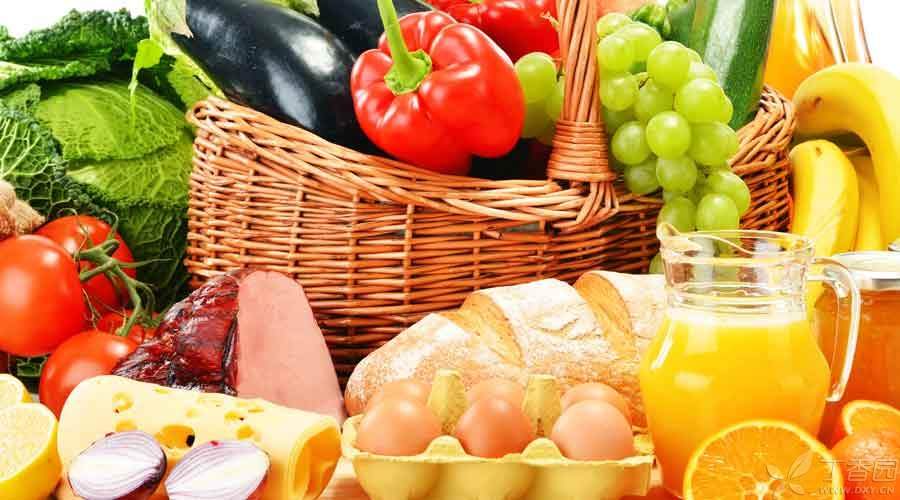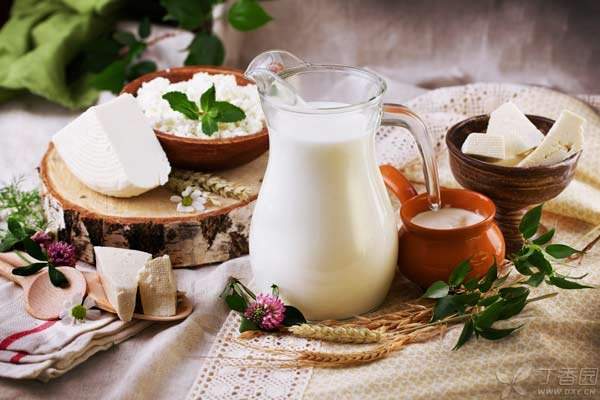
For patients with gout and hyperuricemia, [eating] is a very critical thing. Today we will talk about the selection principles and significance of various foods.
1. Vegetable ingredients
We know that in the classification of purine content in food, vegetables are in the categories of [medium-low] and [low], and are the food materials that patients with gout and hyperuricemia need to increase greatly. It is recommended that the daily intake should be above 750 grams, preferably above 1000 grams.
Among all kinds of vegetables, wax gourd, cucumber, tomato, lettuce and other foods that are rich in water, low in calories and have diuretic effects need not be limited. Although the purine content of green leafy vegetables is higher than that of wax gourd and cucumber, due to their extremely high nutritional value and a large amount of calcium, magnesium and potassium, eating them more has far more advantages than disadvantages, and gout patients should also take them in sufficient quantities.
Moreover, the role of green leafy vegetables in improving satiety, It is obviously larger than soft vegetables such as wax gourd and tomato after ripening, Eating more than 300 grams a day is very helpful to control body weight. Just pay attention to cooking methods, and use boiling, blanching and other methods to further reduce its purine content. For astringent vegetables, it can also greatly reduce its oxalic acid content to avoid oxalic acid interfering with uric acid excretion and forming kidney stones.
Fungal vegetables are fruiting bodies of microorganisms, with dense cells and high purine content. For example, the purine content of dried Auricularia auricula is 166 mg/100 g, which seems to be a high purine food. However, after water hair, the weight of Auricularia auricula will increase by 10 ~ 12 times, and the content of Auricularia auricula in water hair will decrease to 16.6 mg/100g, which belongs to low purine food.
Considering that fungi are not a large amount of food, they are only used as side dishes in food, so it is only necessary to limit the total amount. Don’t be afraid to put a few agaric or mushrooms when cooking, but thick fungus soup is not suitable for patients with gout and high uric acid.
2. Staple Food Ingredients
Changing the content of staple foods may have special benefits for patients with gout and hyperuricemia. For example, increase the intake of potato foods and other starchy vegetables and replace some staple foods with them.
Starch-rich vegetables such as potatoes, sweet potatoes, taro, yams, lotus roots, water chestnuts, etc. are rich in potassium. Compared with refined white rice flour, When the same amount of starch is provided, more potassium can be provided, which is helpful to correct the mineral imbalance caused by eating too much meat and insufficient vegetable intake on weekdays. For example, when potatoes are used instead of white rice, the same dry matter intake can obtain nearly 20 times the potassium, which is extremely beneficial to promoting uric acid excretion.
Although the purine content in white rice is relatively low, it cannot be forgotten that gout patients need sufficient B vitamins and potassium, and the content of refined white rice is the lowest among staple foods.
In contrast, White flour contains twice as many vitamins as white rice, The protein content is also about 50% higher. Some human experiments show that, For staple foods with a high proportion of glutenin, Compared with the control diet with high starch content and low glutenin content, it is more conducive to controlling the blood uric acid level of hyperlipidemia patients under the same calorie intake. A recent human experiment found that the diet with higher protein energy supply is more conducive to controlling inflammatory reaction factors under the condition of energy reduction.
Therefore, on the premise that kidney function is basically normal, from the perspective of staple food ingredients, choosing pasta seems to be more beneficial to hyperuricemia patients who need to control body weight and inflammatory reaction than white rice. Because under the premise of controlling meat and aquatic foods, obtaining protein from plant foods may be more beneficial.
In addition, replacing some refined white rice with whole grains also helps. Although it is said that gout patients cannot eat coarse grains, there is no data to support this statement. Neither research has found that whole grains increase the risk of gout, nor data to support the rumor that all whole grains have high purine content.
Relevant tests in China show that, The purine content of coarse cereals such as millet and corn is equivalent to or even lower than that of rice flour. For example, the purine content of refined white rice is 35 mg/100 g, while that of millet is 20 mg/100 g. However, the potassium content of these coarse cereals is 2-5 times that of refined white rice and the B vitamin content is several times that of refined white rice. These are all very beneficial to patients with gout and hyperuricemia.

3. Dairy foods
Many epidemiological studies have shown that higher intake of low-fat dairy products is beneficial to prevent gout. Although no significant relationship has been found between total protein intake and gout risk and serum uric acid level, milk protein intake has extremely significant negative correlation with gout and serum uric acid level respectively.
An epidemiological data analysis followed by 47,000 men for 12 years showed that for every extra serving of low-fat dairy products, the serum uric acid level dropped by about 5%. Men who drink more than two cups of skim milk a day have a reduced risk of gout by nearly 50% compared with men who hardly drink it. Drinking low-fat yogurt twice a week also reduced the risk of gout by nearly 30% compared with men who hardly drink it.
After eliminating the influence of age, After dividing dairy products into milk, yogurt and cheese, analysis found that drinking milk and yogurt helped reduce serum uric acid levels. People who drank at least one serving of milk (250 g) or half of yogurt a day decreased serum uric acid levels by about 25% compared with people who did not drink at all. However, no significant correlation was found between cheese products and serum uric acid levels.
4 Beans
Some clinical trials have shown that, Soybean intake does raise uric acid levels, However, the increase is not large. And can increase the clearance rate of uric acid. For example, Japanese researchers conducted experiments in 10 gout patients aged 30-50 years old to measure uric acid levels 1 hour before eating tofu and 1, 2 and 3 hours after eating tofu. They found that the uric acid level of these gout patients increased by only 5% after meal, and there was no significant difference in uric acid levels at various time points. After 2 hours of intake, the uric acid clearance rate of gout patients increased significantly, and returned to the premeal level after 4 hours.
The cooking and processing methods of food have great influence on the purine content of bean products. Taking soybean products as an example, although dry soybean belongs to high purine food, the possibility of eating raw soybean directly is almost non-existent. After making tofu, the purine content is greatly diluted after soaking and grinding. When making tofu, some serous water must be squeezed out, and purine content is further reduced due to water loss.
For example, according to the latest measurement data in our country, soybean contains 218 mg/100 g of purine, but the traditional soybean milk is usually made by adding 20 kg of water to 1 kg of soybean. After diluting 20 times, the purine content of soybean milk is reduced to 11 mg/100 g. Even if the concentration of soybean milk made by the family is relatively high, the content of soybean milk made by adding 10 kg of water to 1 kg of soybean is only 22 mg/100 g, which has become a low purine food and can be eaten in limited quantities.
When discussing the influence of soybean product intake, not only purine content but also other health-related factors in soybean should be considered.
Soybean contains a certain amount of oxalic acid and phytic acid. Oxalic acid competes with uric acid for excretion channels and can form mixed crystals with uric acid, which may increase the risk of kidney stones in gout patients. However, some studies have shown that phytic acid can reduce the risk of kidney stones by inhibiting the formation of calcium oxalate and calcium phosphate crystals. Other studies suggest that the intake of soybean isoflavone in diet can reduce the risk of hyperuricemia, while soybean products are beneficial to the prevention of cardiovascular and cerebrovascular diseases.
Therefore, the analysis of the pros and cons of soybean to gout patients is more complicated. Comprehensive weighing results, For foods such as tofu, dried tofu and shredded tofu with reduced purine and oxalic acid contents, Under the premise of limited intake and replacing fish and meat as dietary protein supplement sources, it can be included in the diet of hyperuricemia patients. However, considering that it will temporarily increase the level of blood uric acid after meals, it should still be avoided during acute attacks.
If you think these contents are not enough, you can also see that you can drink what after getting gout.
Responsible Editor: Fu Ting
This article is reprinted under the authorization of Clove Garden.
